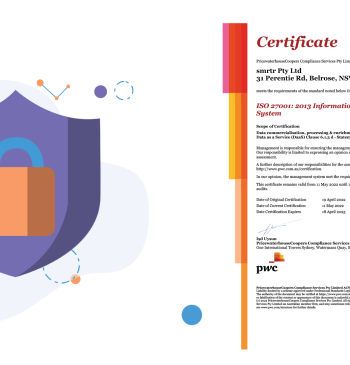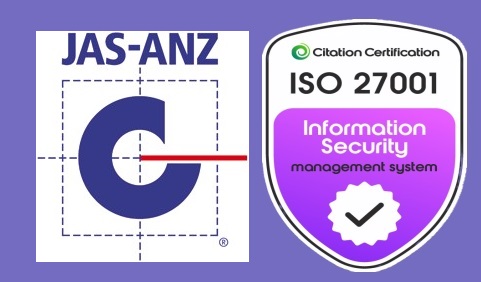What COVID-19 Showed Us About Using Data To Boost Your Bottom Line
17 May

It is no secret that when the COVID-19 pandemic struck last year, most of us had no idea what to do.
And marketers were no exception. In the early days of the pandemic, you’ll remember the vast array of ‘we’re here for you’ and ‘here to help’ ads that went to air. There were so many ads using this similar language that a supercut video went viral after it stitched all these ads together.
While the ads were criticised for being cliche, it was actually part of a wider trend. With the world changing so quickly, marketers were reverting to mass marketing so that they could be relevant no matter what.
But as the world started to better understand the pandemic, marketers turned to data as a way to maximise sales and conversions during a time of economic uncertainty.
Why data works
With many marketers facing budget cuts, data-driven solutions offered a greater promise of ROI versus generic brand campaigns.
New research from McKinsey has highlighted the extent to which data was able to help boost the bottom line for certain businesses during the pandemic. The research gives the example of a business-services provider aggregating data sources to indicate, with a lag of only one day when new companies were being created amid the pandemic. Their salespeople reached out immediately with products and messages tailored to the needs of newly formed companies, subsequently increasing sales productivity by more than 25 percent. With these insights, this provider was able to increase sales productivity by more than 25 percent.
Similarly, the study highlighted how another business services provider used business registration and employment data to identify that small healthcare providers in major metropolitan areas were growing at a much faster rate than other businesses, due to the pandemic. A simple targeted advertising campaign using paid media and the launch of healthcare-specific product bundles saw this company increase sales in a core product by 10 percent.
And while datasets such as business registration and employment data are available, data-driven marketing can be even more simple. A consumer goods company, for example, simply assumed that beauty product sales would lift as communities went out of lockdown.
What we can learn
Although the COVID-19 pandemic has been economically catastrophic, the way in which these businesses have been able to boost sales and ROI illustrates the importance of aligning a data and analytics strategy with the broader business strategy. It is important to note, however, that these data strategies are all examples of ‘opportunistic’ initiatives, in that they were delivered in response to an unplanned event. A company’s data strategy should be relevant regardless of the situation it is found in. The way in which data has been used in an agile manner in response to this unplanned event again reinforces the importance of using data to drive business outcomes.
While the idea of a ‘data strategy’ is still pertinent for any business, having a a distinction between the data strategy that is not directly supporting and the overall business strategy will only may prove counterintuitive in the long-term.
To ensure alignment here, businesses should take stock of the data that they have available (which can be done via a data audit) and assess how this data relates to core business goals. If a business’s core business goal is to drive sales, for example, this will involve looking at the data available and asking how it can be used from a sales perspective. Additionally, many of the COVID success stories were based on a clear hypothesis that using certain data in a specific way might drive a desired outcome. Learning from this, it makes sense for any data strategy to include a number of hypotheses to test and learn from.
The company in question might have a rich set of customer data, but only a relatively small customer base. In this instance, it might be worth seeking out a third-party data provider to enrich the existing data and create lookalike audiences that can be targeted as potential new customers.
At smrtr, we work with our customers to use data in a way that complements the wider business strategy. We have a data universe with aggregated data relating to 16 million people. We also have data assets relevant to the automotive, financial services, insurance, media, utilities and retail industries. This data can be used to enrich existing company data and ensure there is always alignment between the data strategy and business strategy.
Image: unsplash/Fabian Blank
By Paul Argus, CMO at smrtr




